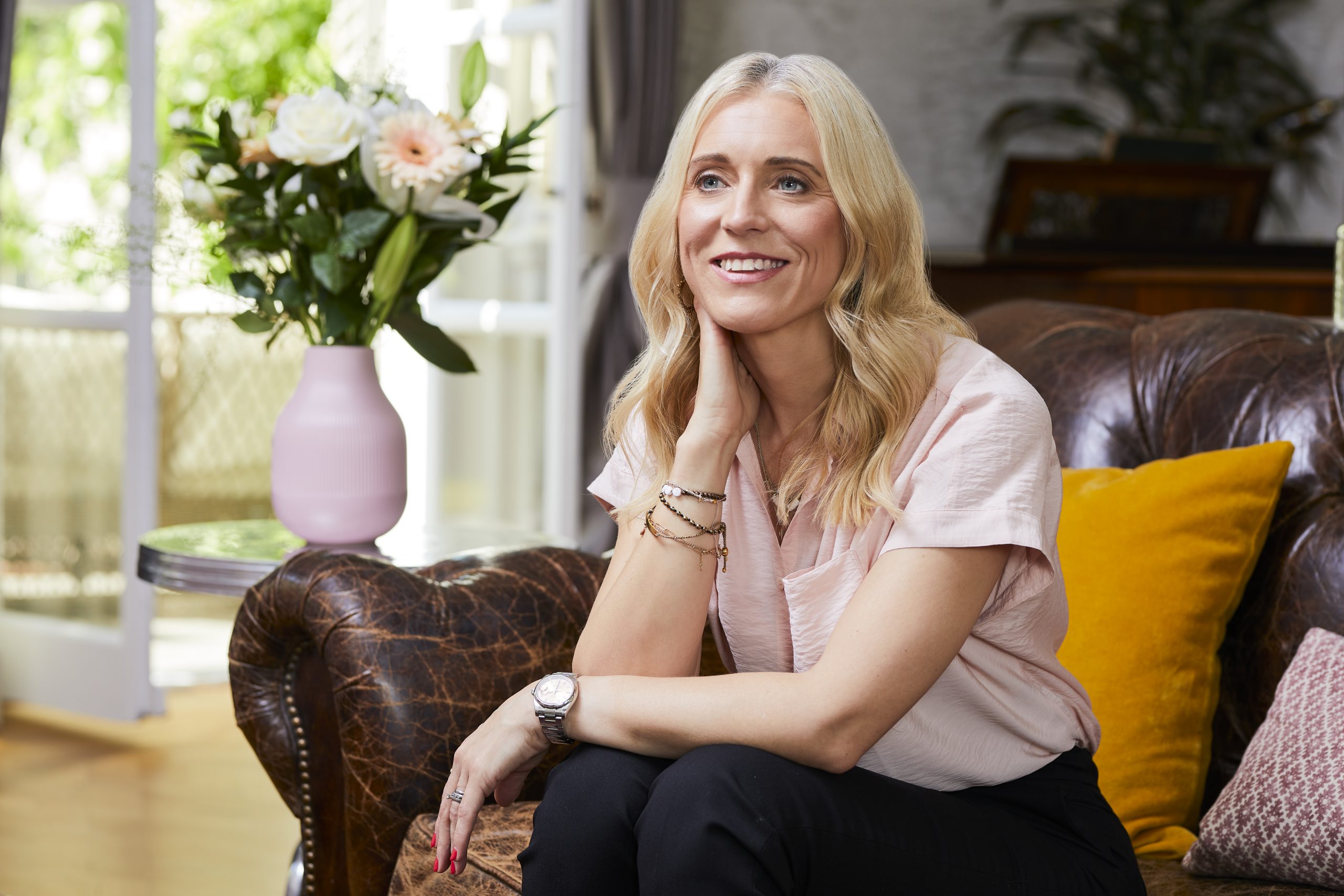Hot flushes and night sweats are just two of many symptoms of the menopause, but often the most commonly known and talked about – probably because most women will experience them in one way or another at this time. They are often the lightbulb moment that this is indeed the menopause.
As with all menopause symptoms their impact is very individual, with some women only experiencing them every now and then, and others finding the frequency and severity can significantly impact on day to day life, work and sleep.
It can be wrongly thought that women can’t be menopausal unless they have them, but a small proportion of women won’t experience them at all.
What do they feel like?
While there will be slight differences in how they are experienced. Most women describe a hot flush as a warmth or intense heat which spreads up through the body, mainly affecting the chest and face. This is often associated with facial flushing (hence the name), and for some women, sweating.
Some women will only have their symptoms at night or a combination of both. Symptoms at night tend to be more sweaty, but not for everyone and women can wake up with soaking wet hair, covers and night clothes. Which can then be quickly followed by feeling shivery and cold.
After a hot flush women can also feel a chill. Sometimes women only experience ‘cold’ flushes, where they will feel shivery and cold but without the warmth before .
What causes them?
The exact reason of why hot flushes happen isn’t fully understood, as it involves a combination of factors, but it is thought that falling and fluctuating levels of oestrogen disrupt the temperature control centre in the brain, the hypothalamus. This means that only small changes in temperature result in a bigger reaction from the body to cool itself down.
How long will they last for?
It’s important to recognise that symptoms can start during perimenopause (the time leading up to the menopause when women are still having periods), with the most intense symptoms occurring in the year following the last period. Symptoms usually last anywhere up to seven years beyond this, but they can last into much later life and even forever for some women.
What can help?
Although hot flushes can happen spontaneously they can also be set off by certain things or situations. Common triggers include caffeine, alcohol and spicy foods as well as a change in temperature. Stress and anxiety can also make things worse; sometimes even anticipating a hot flush in a tricky situation can bring one on.
So it helps to keep a diary of when yours are happening and if there’s a pattern, so that you can see if there are any changes you can make which might be helpful. Even just being aware of when you might expect to have one, can make you feel more in control.
Obesity and smoking are known to worsen symptoms, so addressing these can be really helpful, as well as beneficial for your overall long-term health. This isn’t always easy, but your GP can refer you onto services that can make this easier to tackle.
Layering clothes and wearing natural fabrics, make it easier to take them on and off as needed and allow the skin to ‘breathe’ more easily. And the same with bed linen and night clothes. Facial mists and fans can also be helpful.
What treatments are available?
Hormone Replacement Therapy is the most effective treatment, as it is replacing or topping up the lower level of oestrogen that is causing the problem. There can be anxieties surrounding starting HRT, due to mainly the perceived risks of breast cancer. However these risks are reassuringly very low for most women, especially with newer HRT regimes. For the vast majority of women the benefits of HRT far outweigh any risks.
For the small number of women for whom HRT wouldn’t be advised as a first choice option, or for women who choose not to take it, there other options. None of these will be as effective as oestrogen, but include non-hormonal medications such as; certain types of antidepressants, blood pressure (Clonidine) or bladder (Oxybutinin) medications, which have been found to be helpful in reducing symptoms. Not all will be suitable for everyone, so this needs a discussion with your GP to help guide you.
Talking therapies such as cognitive behavioural therapy (CBT) are very helpful. Hypnosis and acupuncture have also shown some benefits, along with other relaxation techniques such as mindfulness.
Some women find herbal remedies can be helpful, but as there isn’t as much research into these as HRT, it can be difficult to say for certain how effective they are. They can also interact with other medications and the quality isn’t regulated as closely.
It’s important to look for products with a THR mark (Traditional Herbal Registration), as well as discussing anything you are thinking of using with your pharmacist to check it’s safe for you. Products which may be helpful include black cohosh and red clover – but they are not suitable for everyone.
On the horizon is also a new product, which focuses on neurokinin receptors thought to be involved in hot flushes. Studies are ongoing, but this would potentially be a safe, effective non hormonal option.
How can you access support?
If you feel your hot flushes and night sweats are impacting on your life, it important to speak to your GP, or another member of your practice team, who can talk through your options with you.
There is also more information available about the menopause through the British Menopause Society (https://thebms.org.uk/) and NICE (Recommendations | Menopause: diagnosis and management | Guidance | NICE).
The content of the QVC website is for information only. It is not intended as a substitute for professional medical advice, diagnosis or treatment. Always seek the advice of your doctor or other qualified health provider with any questions you may have regarding a medical condition. Never disregard professional medical advice or delay in seeking it because of something you have read on the QVC website.
We understand there’s a lot of information out there on the menopause. You can read through the NICE guidance on menopause management, as well as the NHS overview on the menopause.




